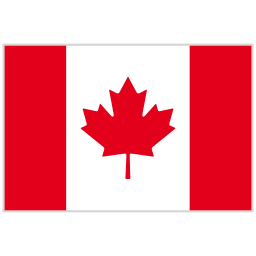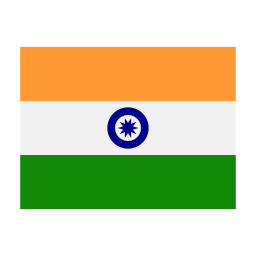Vietnam Experiences
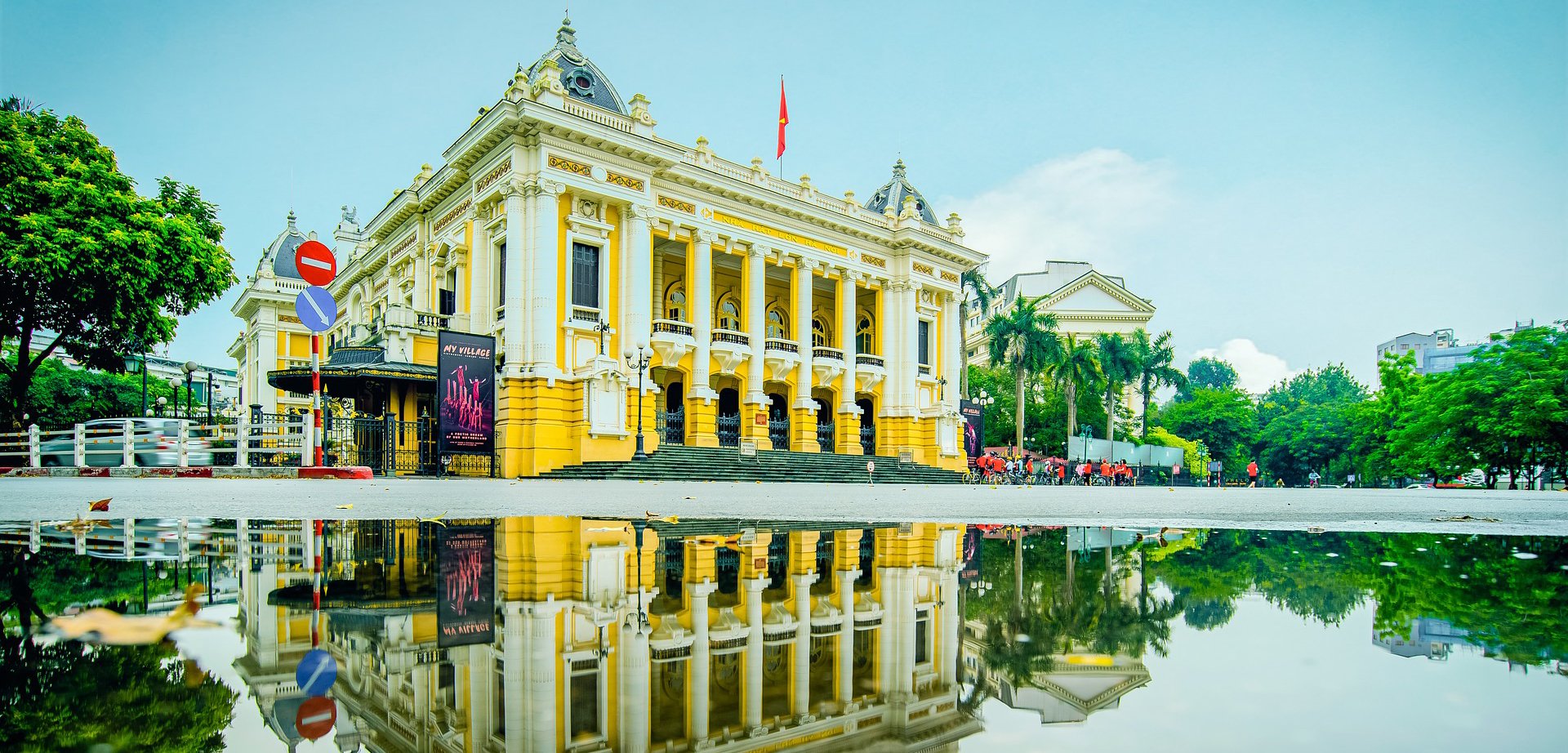
Hanoi
Hanoi, the capital of Vietnam and its second largest city, is a fascinating blend of East and West, combining the Vietnamese culture with French flair. Consistently ranked among the top destinations of the world, Hanoi has overcome several invasions and name changes to become one of Asia’s fastest developing cities. Full of picturesque pagodas and street merchants, Hanoi retains much of its older charm of bygone eras. The city’s Old Quarter is famous for uninterrupted stretches of colonial and pre-colonial architecture, well preserved on its narrow streets
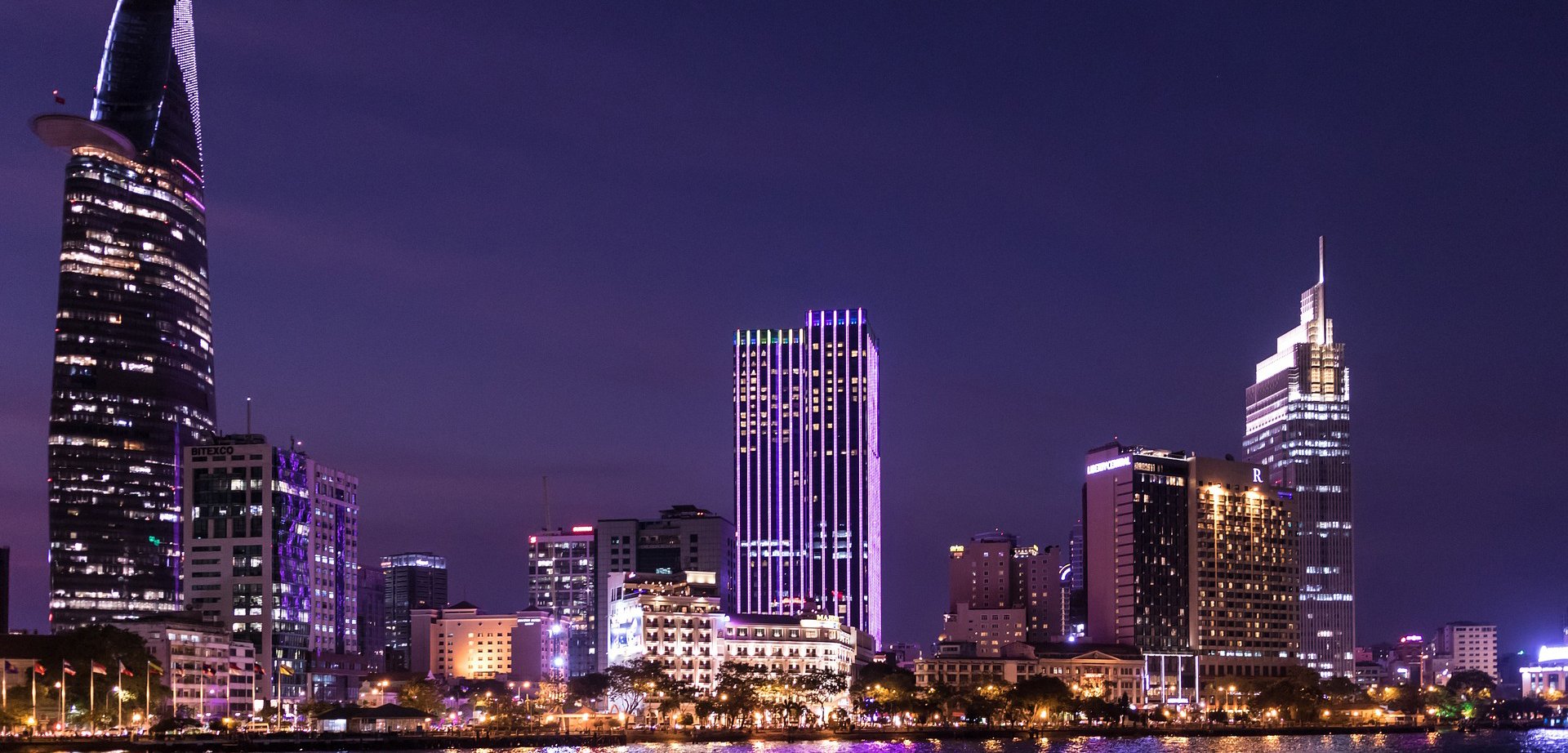
Ho Chi Minh City
Ho Chi Minh City, formerly known as Saigon, is the largest city in Vietnam and its former capital. HCMC, as called by the locals, is a high octane city of commerce and culture, with both towering skyscrapers and tree-lined streets with ageing villas. Known worldwide for its lip smacking street food, some of the city’s most historic attractions include Jade Emperor Pagoda, HCMC Museum, the War Remnants Museum and the Reunification Palace.

Halong Bay
Undoubtedly Vietnam’s most iconic destination, Halong Bay is famous for its scenic ocean karst topography and is often included in lists of natural wonders of the world. Meaning the “Bay of Descending Dragons”, Halong Bay retains much of its charm and magic that attracts close to 10 million visitors every year. The only way to visit Halong Bay is to take a cruise through the thousands of islands and islets and appreciate the splendor of one of the world’s most sought after destinations.
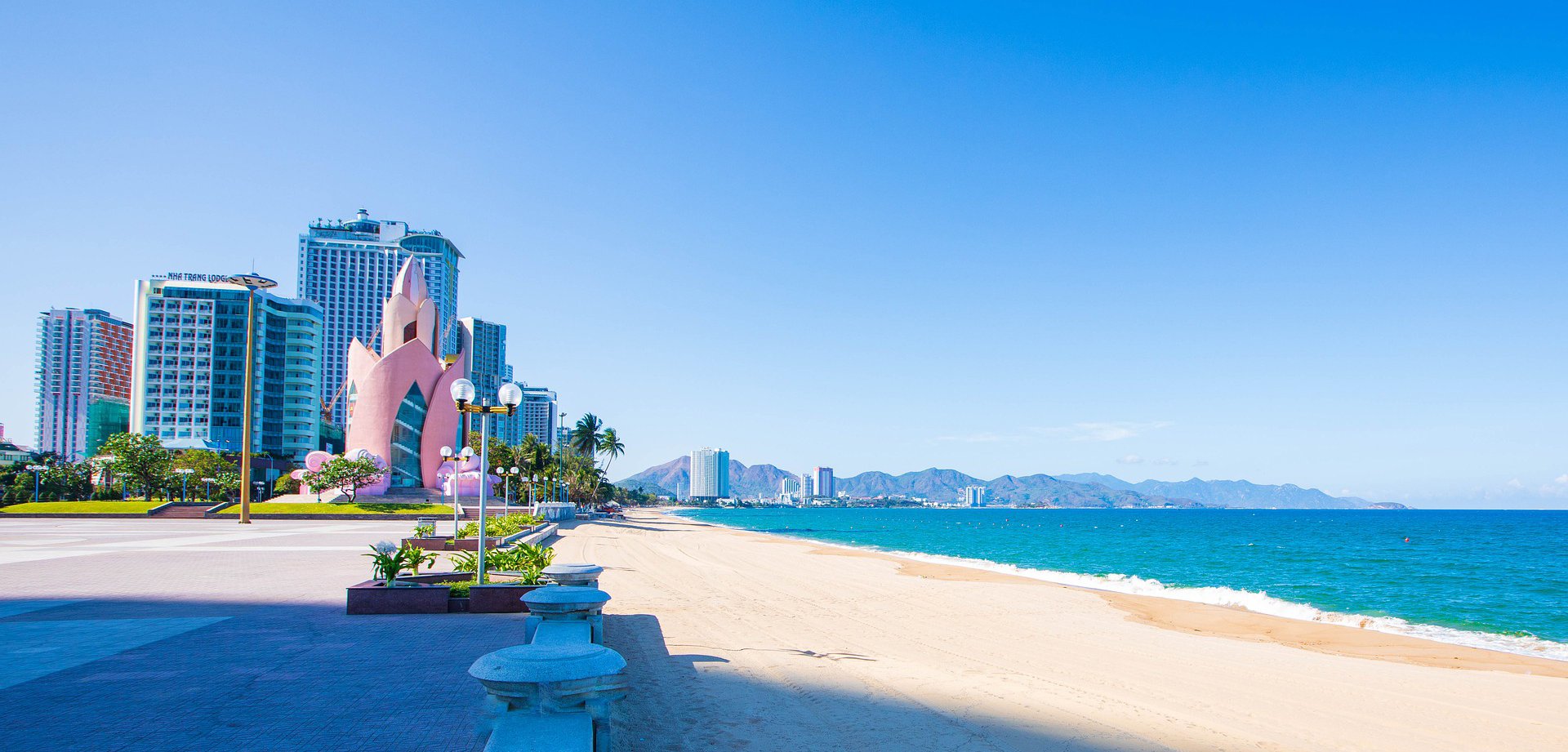
Nha Trang
Vietnam’s most famous seaside resort-town, Nha Trang is one of Asia’s most lively beach destinations. Known for its turquoise waters and white sandy beaches, Nha Trang enjoys a stunning setting. Visitors can also enjoy a boat cruise to offshore islands in Nha Trang Bay or explore the Po Nagar Cham Towers, the Dam Market or the giant Buddha statue that sits on the top of a hill.
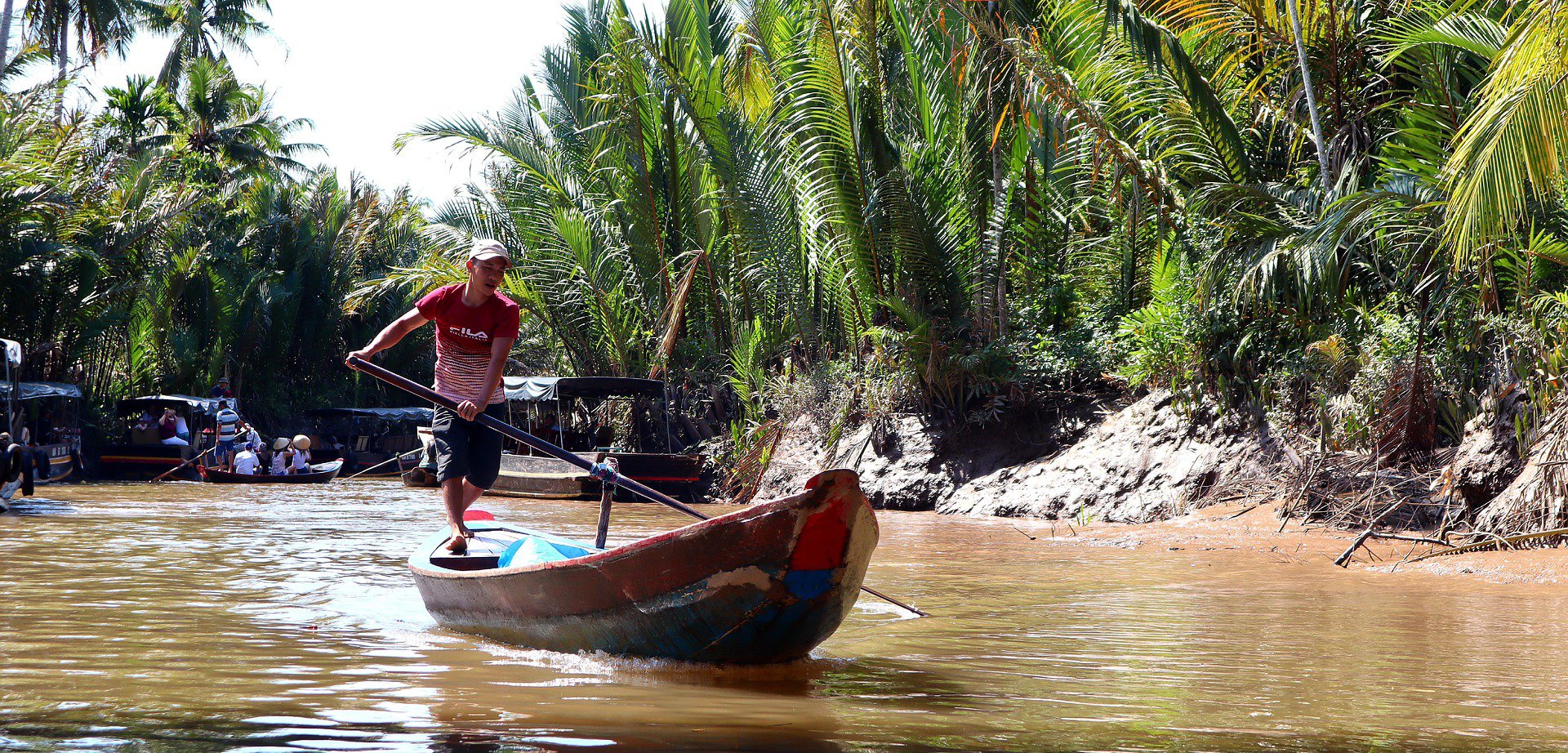
Mekong Delta
The Mekong Delta, located in Southern Vietnam, is a vast maze of rivers, swamps and islands. Home to floating markets, Khmer pagodas and villages surrounded by paddies, it is also called the “rice bowl” of Vietnam. Boats are the main means of transportation and hence some call it the “floating world”. Visitors, apart from enjoying boat rides can also experience tea tasting with local, home grown fruits or admire the area’s mangrove forests with a wealth of bird life.
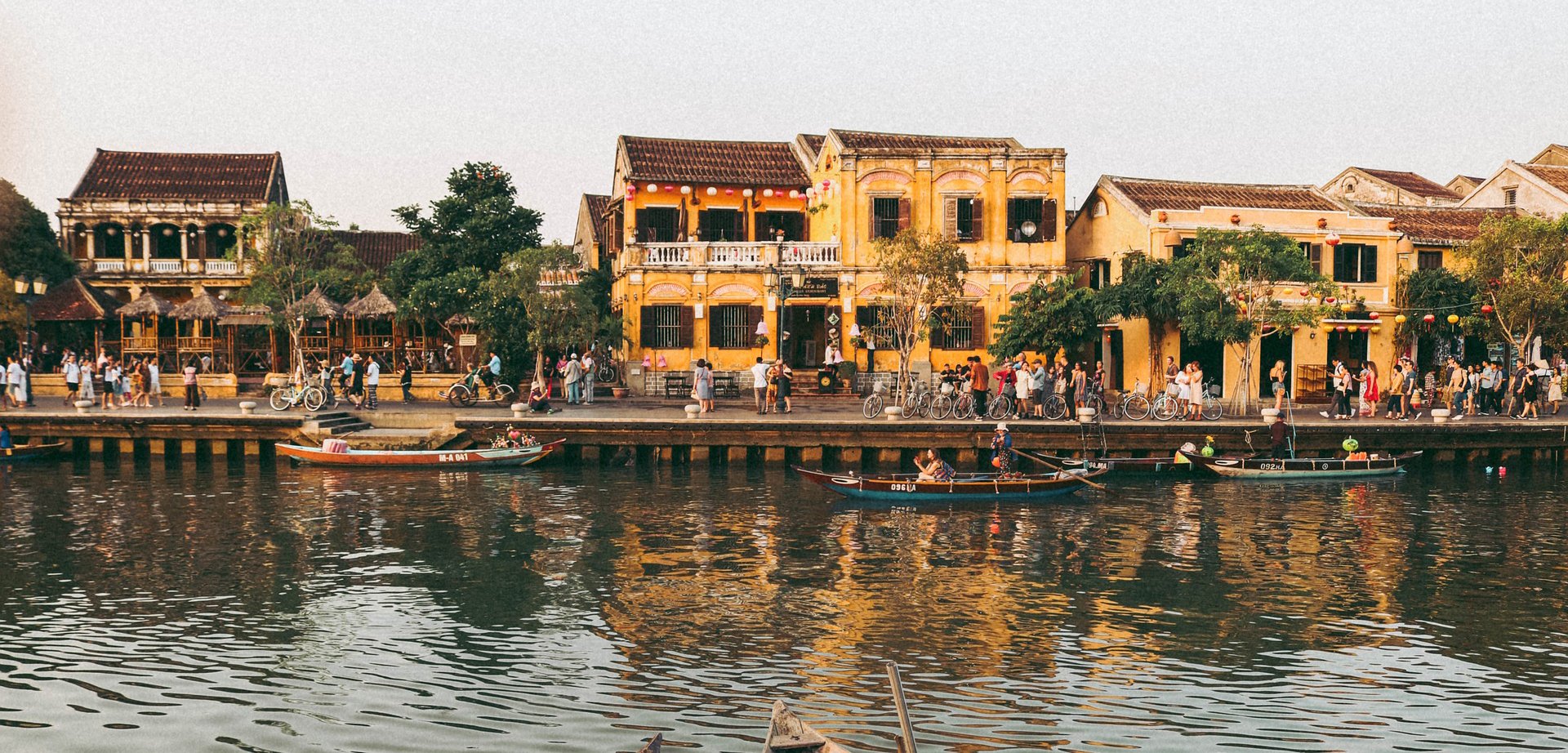
Hoi An
With more than 2,000 years of history, Hoi An is one of Southeast Asia’s most well-preserved cities. Once a major port, Hoi An’s buildings and streets reflect the influences, both indigenous and foreign, that have combined to produce this charming little town which is a listed UNESCO World Heritage Site. Some of its highlights include the Temples of Phuoc Kien and Quang Dong, which are best explored by taking a walking tour of this historic town.


